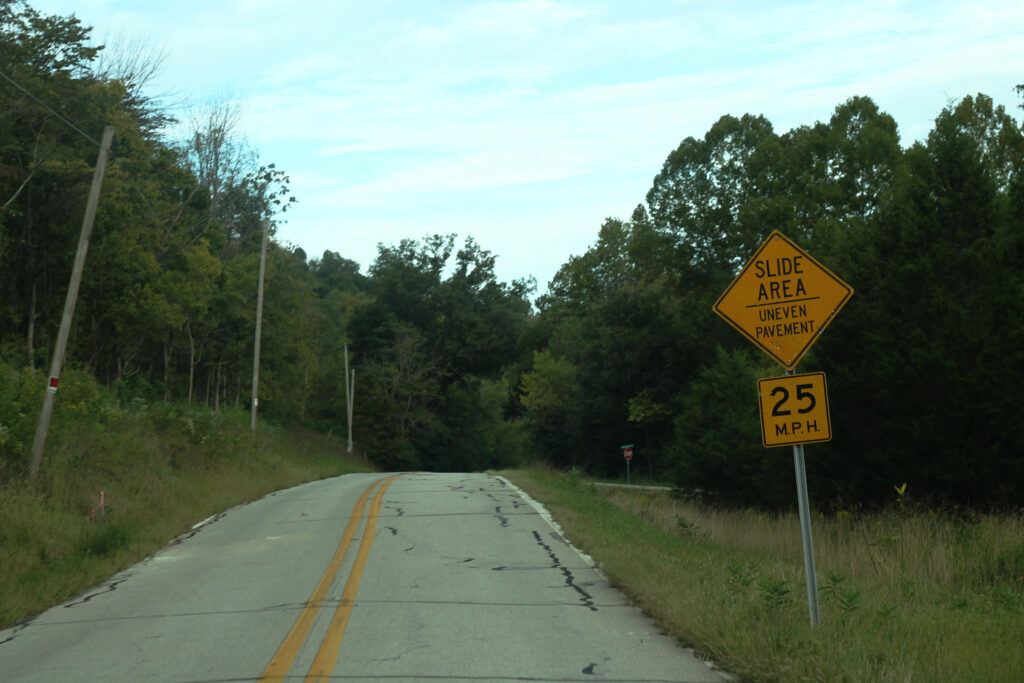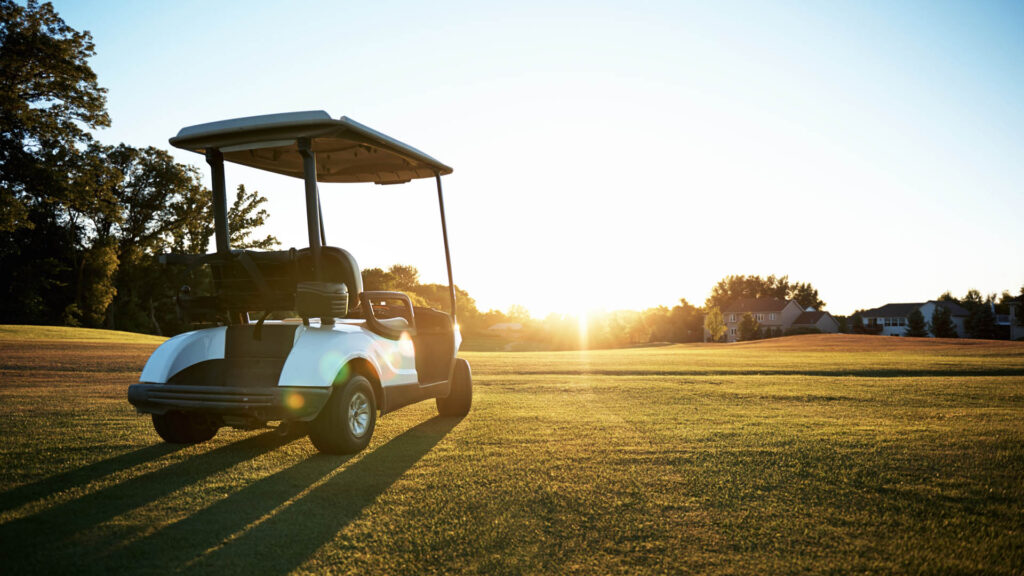
A slip and fall at a business establishment can lead to serious injuries due to a defective premises. Uneven or cracked pavement, broken stairs and stars without handrails are some examples of environmental elements that can cause premises to become defective and hazardous.
Premises liability law allows a person to hold a property owner accountable for injuries caused by defects or hazardous conditions on the property.
If you suffer serious injuries due to a defective premises hazard, please don’t hesitate to contact me by phone at 864-235-4999 or through our contact form, which you can find by clicking the button below.
Cracked or Uneven Pavement
Gaps, cracks and eroding surfaces can create uneven surfaces over time. Business owners are responsible for addressing these issues when they arise. If left unaddressed, the uneven surface presents a tripping hazard that can lead to serious injuries for customers.
Small elevation changes are hazardous because they are difficult to avoid. All it takes is a slight misstep for a severe injury to occur.
More than 800,000 patients are treated each year for fall injuries. According to the CDC, one of every five falls results in a serious injury such as broken bones or a head injury. Common deficiencies include:
- Heaved slabs and paver irregularities
- Cracked concrete
- Surfaces that trap water
- Tree root damage
If you see a potential hazard, please report your concern to the business owner or local municipality (if the obstruction is on public property). You can prevent an injury to a fellow resident in the Upstate.
Stairs in Defective Premises Situations
Stairs and lack of secure railings are common defective premises hazards. Over 1 million injuries occur each year due to stairway falls. The conditions the stairway and railings are preventable. Here are some elements that can lead to a stairway fall.
- Defects in the actual construction of the stairs, stairwell or stairway
- Improper or inferior lighting
- Dangerous stair risers
- Damaged or faulty steps
Handrails
Handrails allow travelers to safely walk up flights of stairs and ramp. When these crucial safety elements are ignored, the injuries can be devastating. The handrail requirements are as follows:
- Handrails must be of a configuration, shape, and size so they are usable for their entire length without requiring the user to release their grasp.
- Small enough to be graspable and uninterrupted from top to the bottom.
- Impediments force users to release their grip and can lead to tripping hazard.
Wrap Up
These are just some of the hazards that can lead to severe injuries. For more information, please visit our premises liability page or contact us by filling out the form below.
[ninja_form id=1]

